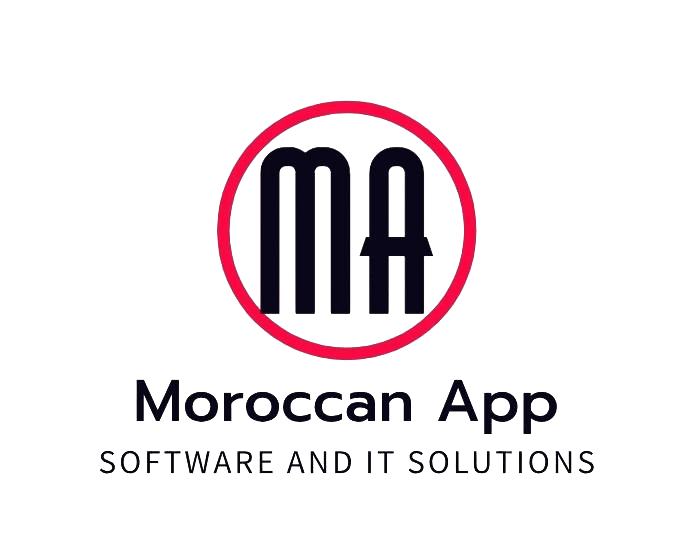The user is a person authorized to use ALKHADIM
MAIL MANAGEMENT electronic management. It has a username and password.
This manual is intended for any person within the company, or outside the company, who may
use the system to:
save an incoming/outgoing document
consult a file or sub-folder
participate in the processing of documents in their electronic basket etc…
Dematerialization and electronic
document management
In our personal lives, we have all been faced at least once with the search
for an untraceable administrative document. On a company scale, handling
sometimes substantial volumes, very quickly accessing an insurance policy, a technical plan, an
invoice or a supplier delivery note without having to handle paper files, is
a feat . When document flow management turns into a
paper handling activity, action is needed.
The transformation of paper media into a digital file, called “dematerialization
”, to consult, circulate or share the document is a
technological, economic and societal change (change in mentalities, cultures and uses).
However, controlling document flows using digital technology is a tremendous lever for
productivity and efficiency, contributing to cost reduction.
The concept of dematerialization
Dematerialization means the “transformation of material information support (
paper support) into a digital file”. The action of dematerializing information in the form of a
document is broken down into 3 main stages:
Removing the documents from their location origin
Open a cardboard box stored in a cupboard or archive room
Open an envelope containing mail that has just arrived
Retrieve a copy of an outgoing document
Scan the document using a scanner
Optionally repackage the document
EDM is the acronym for Electronic Document Management.
Electronic Document Management refers to a computerized process aimed at organizing and
managing electronic information and documents within an organization. It mainly implements document
acquisition, classification, storage and archiving systems .
The GED participates in the processes of collaborative work, capitalization and
exchange of information in the company.
First steps in ALKHADIM MAIL MANAGEMENT
Concepts
and definitions
Entity
An entity is a structure composed of attributes, representing an identifiable component of a
functional domain and potentially in relation to the other entities of the domain. (ie:
mail service in a company).
In other words, the entity corresponds to the user’s membership in a
company department. For example, the “Mail” department or the “Financial Department” etc…
Group
This is a group of users. The group to which the user belongs can be equated to
their role and responsibilities in the company.
Example “Employee”, “scanning operator”, “authorized person” etc…It is at this
level that access to the EDM functionalities is defined.
Example of a business organization. Each user belongs to at least one entity
(primary entity) and roles are assigned to them.
Document / mail and categories
Central element of an EDM, the electronic document is the fusion of a computer file
and a set of textual data which defines it. We also speak of mail in the idea
that a document leaves a sender and passes to a recipient whose content is the
document to be indexed.
There are several categories of document in ALKHADIM MAIL MANAGEMENT:
Incoming mail
These mails come from outside to inside the organization
Outgoing mail
These mails go from inside to outside the organization
Mails internal
These letters pass within the organization
Sub-folder documents
These are documents with no concept of sender or recipient.
Electronic trash
Structure which groups together documents linked by a state (to be processed, validated, etc.). The
electronic recycle bin is the equivalent of the paper recycle bin or “binette” present in any
company that receives, ships and transmits paper documents internally. Each
user has a trash list.
Filing plan
A filing plan is the representation in the form of a hierarchy of the organization of
documents. This is the repository used to produce physical classifications (paper or
other).
In electronic use, the classification plan therefore constitutes the representation of
the organization of documents in the system.
In ALKHADIM MAIL MANAGEMENT, it is appropriate to model the existing in a
predefined classification system. We then speak of folder and sub-folder, folder, sub-
folder and document Below is a general example of a classification plan
The distribution list corresponds to all the users who received the document for
processing in their trash.
Processing
Information regarding the processing of the document. For example, if it is a letter, an
acknowledgment of receipt or a response letter may have been sent.
History
List of all actions performed on this document.
Notes
Possibility of adding and reading notes written by users (electronic post-it)
Case
The document may be linked to a current case (Ex: takeover of company XXX, trial of
YYY).
Folder search (folder isolation)
This functionality allows you to isolate a folder independently of others to which it
could be attached.
Saving a document
This user action is the most structuring in the EDM. In fact, it is at the time of
payment into the GED that the document is “stored” in the system.
While it is sometimes counterproductive to require you to enter 15 metadata (or indexes) for a
current document, certain uses may on the contrary require large sets of metadata
. The indexes associated with the document must allow:
relevant indexing, which precisely reflects the documents described and which users
are encouraged to contribute
The stages of the life cycle
A life cycle is divided into several stages. These are the different stages through which
a document must pass from its introduction to its final fate, according to a
well-defined archiving policy. The stages of the life cycle are therefore associated with the cycle, the
archiving policy and the type of storage area.
They include:
an identifier
a description
an operation
a sequence number
a collection identifier
Furthermore it is necessary to specify whether a step accepts failure, must be complete, and
to optionally indicate which are the pre and script scripts. post-processing. The
administration functions allow you to add steps to a cycle, modify
existing steps and delete a step that is not attached to any cycle or policy.




